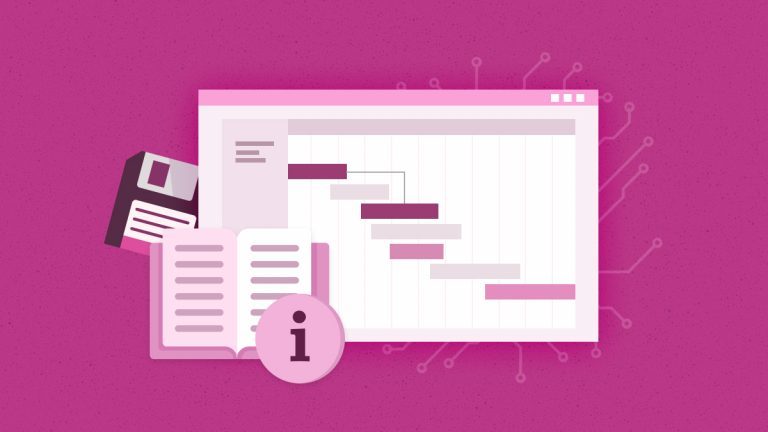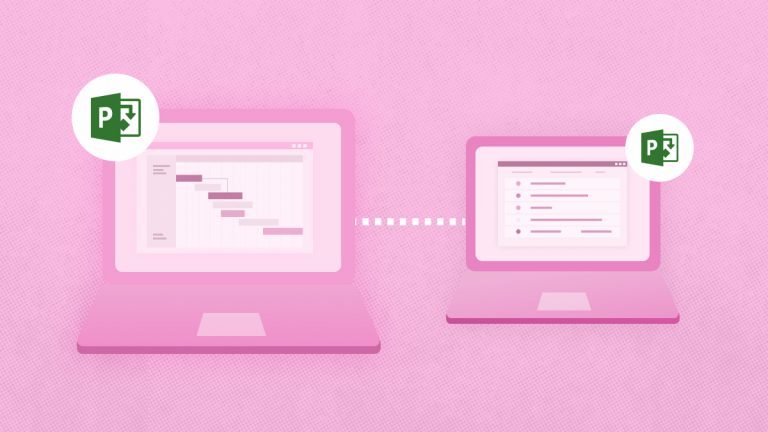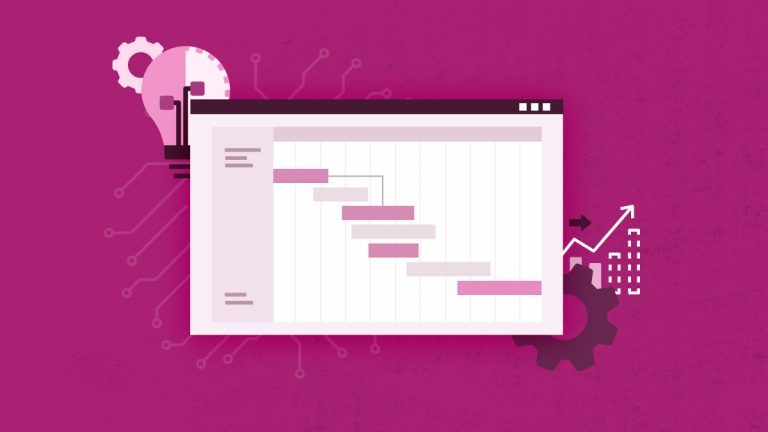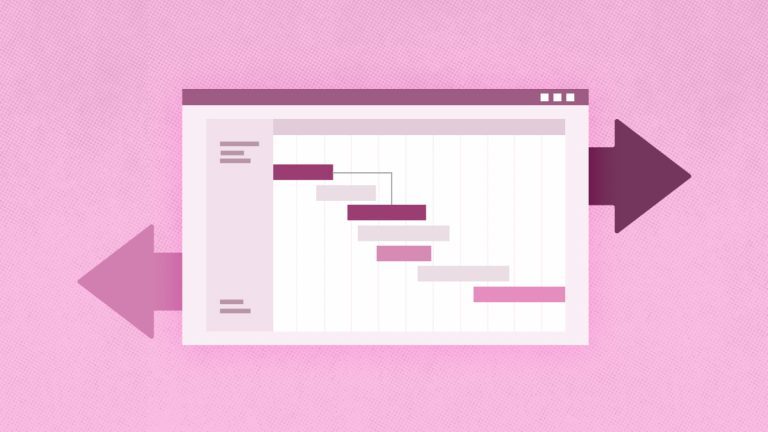
Elena Humeniuk
PPM Consultant
Project management comes with numerous challenges and risks. Anything that could undermine performance, delay your project, or increase costs should be managed to mitigate its impact. As a project manager, you need efficient risk management strategies to protect your project and fulfill the organization’s needs.
What is project risk management?
Project risk management is an ongoing process implemented by project managers to identify, evaluate, and eliminate risks. The best risk strategy can help you detect and address threats throughout your project’s lifecycle. It ensures your team beats the deadline and the project meets its goal. Here are the five most common risks in project management:
- Human error: Accidental deletion can wipe out tons of data.
- Data loss: This risk has far-reaching implications, including reputational damage, legal issues, and delays. Data loss can occur due to human error, system crashes, or cyberattacks.
- Delays: Minor issues and complexities can prolong project tasks. Additional hours spent on tasks accumulate over time, delaying your project for weeks or months.
- Increased costs: Additional expenses can get through your project lifecycle, increasing the total cost beyond the budget.
- Data leaks and breaches: Project managers manage projects with sensitive information. So, projects are prime targets for internal and external actors.
As a project manager, you’ll need the best project risk management strategy to identify, categorize, prioritize, and plan for risks. Combine two or more risk management techniques to address risks before they become issues.
Adopt preventative thinking
Risks are potentialities rather than realities, but you can escalate risks and classify them as “issues” once they become a reality. Address these issues to ensure your project meets stakeholders’ requirements. For example, you cannot eliminate the risk of human errors, but you can minimize the impact of accidental deletions using backup and restore software. This preventative thinking is crucial for efficient project risk management. It can help you track and mitigate risks on your project.
How to implement a risk management strategy
In project management, risk can be positive or negative. You should mitigate threats and maximize beneficial opportunities. An efficient project risk management strategy consists of four preventative steps:
Identify risks: You can’t manage or prevent what you don’t know. Brainstorming with your team and stakeholders is an effective way to identify risks. Record all identified threats with their root causes. So, your risk reduction strategy will focus on addressing root causes to avoid the problem.
Risk analysis: Conduct a qualitative and quantitative risk analysis to determine the impact of identified risks. You can focus on specific aspects, such as schedule and budget.
Prioritize risks: All risks don’t have the same level of urgency. Prioritize risks based on impact, from high, medium, and low. Then, assign someone to oversee the risk.
Risk reduction: Create your risk management strategy for identified risks. For example, you can use backup and restore software to mitigate the impact of human errors. This risk reduction technique can help you avoid data loss.
Project risk management is an ongoing process. So, monitor and manage all risks continuously throughout your project lifecycle.
You’ll need robust software to implement risk management techniques consistently.
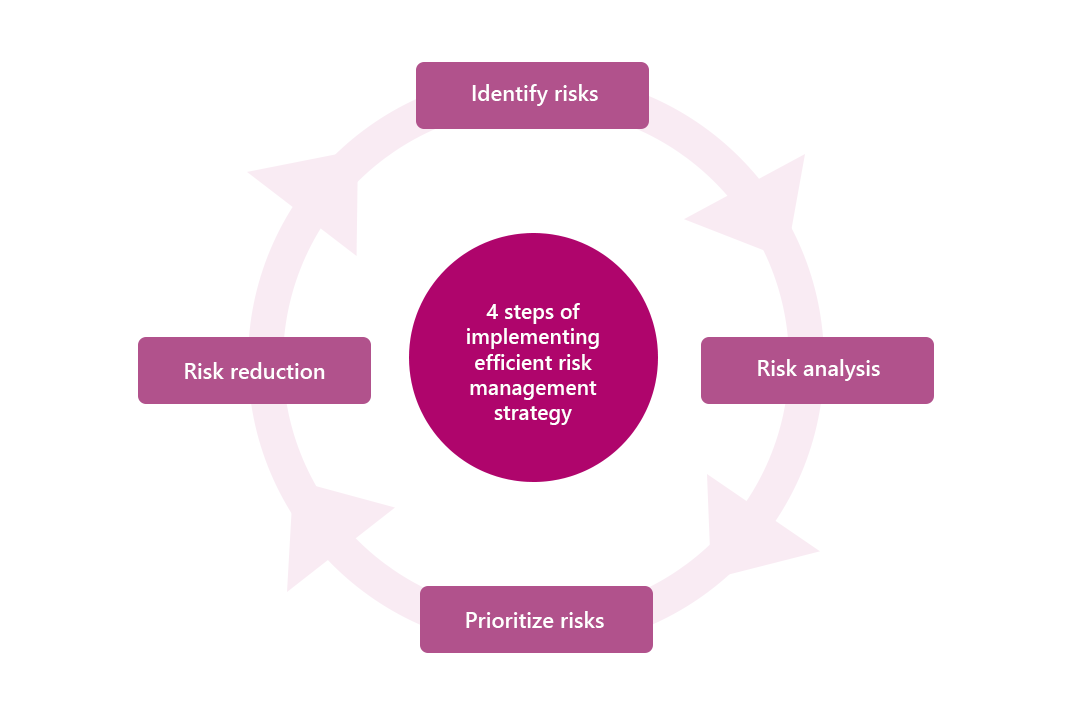
Failure isn’t an option
As a project manager, you should protect your organization’s interests. Risks can escalate into issues and derail your project. Some risks can increase the overall project’s cost beyond the allocated budget or expose you to litigation. Without risk management, you can lose project data. Identify, analyze, and categorize potential threats to avoid wasting time on low-priority risks. Adopting the best risk strategy can help you protect your project and meet the organization’s needs.
Benefits of adopting the best risk management strategy
The benefits of implementing the efficient risk management strategy cut across all mission-critical aspects of the project, from costs to schedule and data security.
- With the best risk strategy, you won’t have to worry about data loss and associated risks.
- Efficient project risk management can eliminate additional costs, so your project will meet stakeholders’ budgetary requirements.
- Risk management enforces data protection best practices throughout your project lifecycle.
- Adopting risk reduction strategies can help you identify and address the root causes of risks in your project, such as human errors.
As a project manager, you need the best risk management techniques to protect your organization’s interests. Identify, analyze, prioritize, and manage risks throughout your project lifecycle to reduce exposure.
Learn more
on how automatic backup software by FluentPro helps prevent risks











